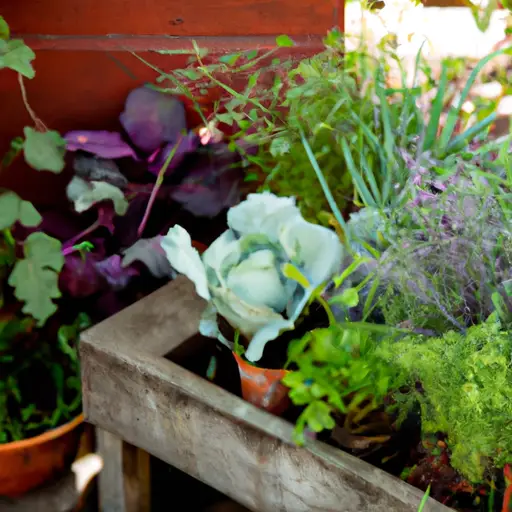Container gardening is a delightful and accessible way to bring the beauty of nature right to your doorstep. Whether you live in a small apartment with limited outdoor space or have a large backyard, container gardening offers a flexible and convenient solution for cultivating plants of all kinds.
For beginners, container gardening provides an excellent opportunity to learn about different plants, experiment with various designs, and develop a green thumb without being overwhelmed by the complexities of traditional gardening. This beginner’s guide will take you through the basics of container gardening, helping you create your own mini oasis regardless of your experience level.
Choosing your containers:
The first step in container gardening is selecting the right containers. Almost anything can be repurposed as a planter – from traditional terracotta pots to old buckets, wooden crates, or even teacups. However, it is important to ensure that your chosen containers have drainage holes to prevent waterlogging, which could harm the plant’s roots. Additionally, consider the size of your plant’s root system when selecting containers – you don’t want your plants outgrowing their homes too quickly.
Selecting suitable plants:
When it comes to choosing plants for container gardening, the possibilities are endless. Flowers, herbs, vegetables – there are countless options available. Important factors to consider include sunlight requirements (full sun vs. shade), water requirements (drought-tolerant vs. moisture-loving), and the mature size of the plant (some can become tall or wide). It’s recommended for beginners to start with low-maintenance plants such as succulents or herbs like basil or mint that are relatively easy to grow.
The right soil and fertilizers:
Use a well-draining potting mix specifically formulated for container gardening. Regular garden soil tends to become compacted in containers and may hinder root growth. Potting mix contains essential nutrients that will benefit your plants, but it’s also important to supplement them with fertilizers periodically. Choose organic fertilizers or slow-release pellets, which release nutrients gradually and provide long-term nourishment.
Planting and maintenance:
Once you have all your materials ready, it’s time to start planting. Fill your container with the potting mix, leaving enough space for the root ball of the plant. Gently loosen the roots before placing the plant in the container and covering it with soil. Be sure not to bury the plant too deeply.
Regular watering is crucial for container plants since they tend to dry out faster than those grown in the ground. Check the moisture levels by inserting your finger about an inch into the soil – if it feels dry, it’s time to water. Avoid overwatering, as this can lead to rotting roots. As a general rule, water until you see a little water coming out of the drainage holes.
Another aspect of maintenance is pruning and grooming your plants regularly. Deadheading spent flowers or trimming back leggy growth will encourage new blooms and keep your plants looking neat and fresh.
The joys of container gardening:
Apart from being a wonderful way to create a personalized green space, container gardening offers several benefits. It allows you to easily control pests and diseases since you can move containers indoors if needed. Additionally, containers offer flexibility in terms of location – you can rearrange them according to your preference or move them around as seasons change.
Container gardening also provides an ideal platform for those who want to learn more about plants and develop their gardening skills gradually. You can experiment with different color combinations, textures, and styles while nurturing nature right outside your door.
So whether you have a tiny balcony or a sprawling patio, container gardening allows you to explore the art of cultivating plant life and adds a touch of natural beauty wherever you dwell. With this beginner’s guide in hand, take that first step towards creating your own vibrant garden oasis!













